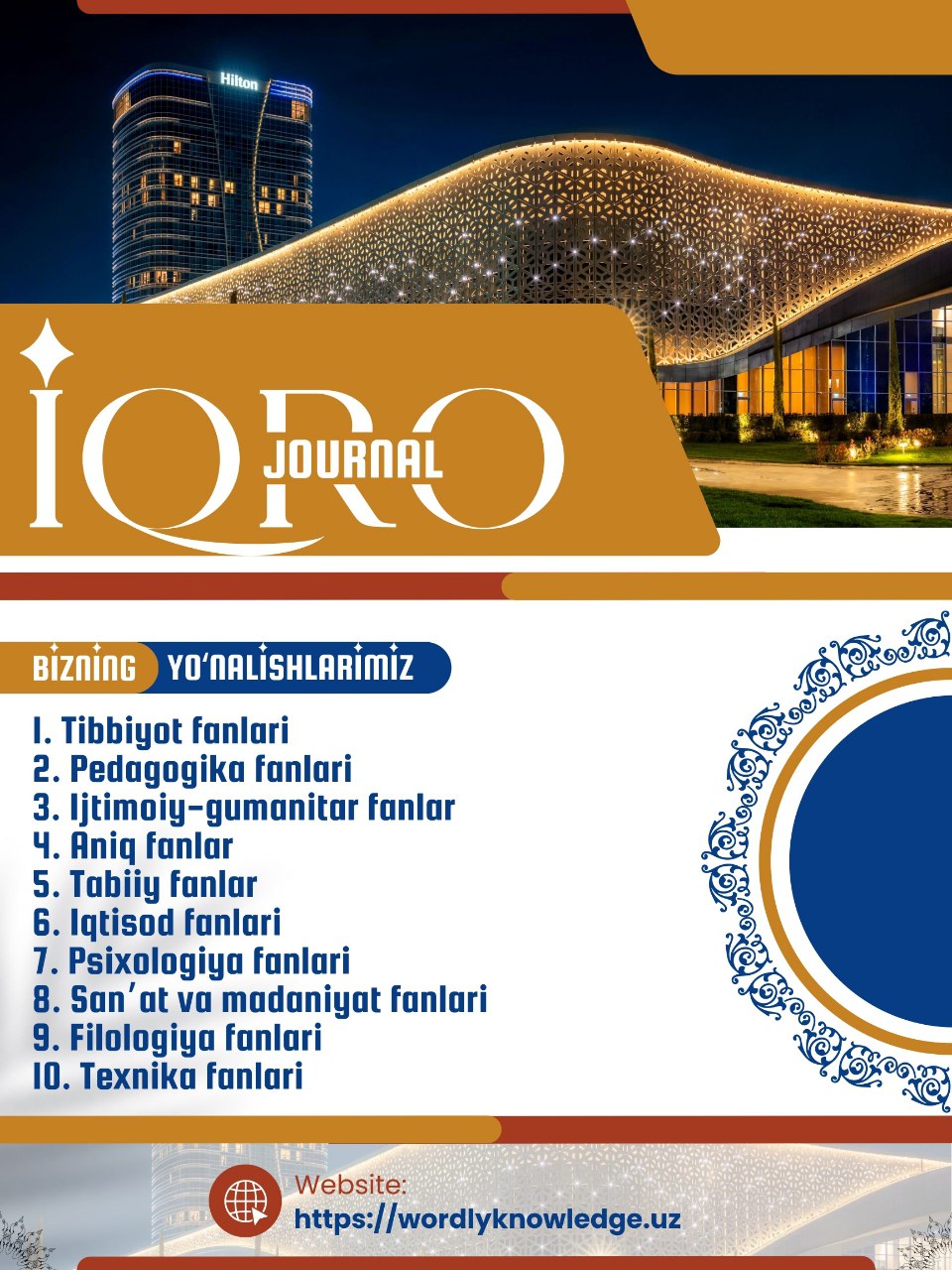USING MODERN TECHNOLOGIES IN TEACHING FOREIGN LANGUAGES
Keywords:
Foreign language teaching, modern technologies, e-learning, digital platforms, gamification, artificial intelligence, virtual reality.Abstract
This article explores the application of modern technologies in teaching foreign languages, emphasizing digital tools, methodologies, and their impact on learning outcomes. It discusses the integration of technologies such as Artificial Intelligence (AI), virtual reality (VR), gamification, and online platforms in foreign language education, alongside the advantages and challenges these technologies bring.
References
1.Beatty, K. (2013). Teaching and Researching Computer-Assisted Language Learning. Routledge.
2.Chapelle, C. A. (2001). Computer Applications in Second Language Acquisition. Cambridge University Press.
3.Reinders, H., & White, C. (2010). "The Future of Language Learning and Technology," Language Learning & Technology, 14(1), 3–17.
4.Warschauer, M., & Healey, D. (1998). "Computers and Language Learning: An Overview," Language Teaching, 31(2), 57-71.
5.Duolingo: https://www.duolingo.com
6.Mondly VR: https://www.mondly.com/virtual-reality














